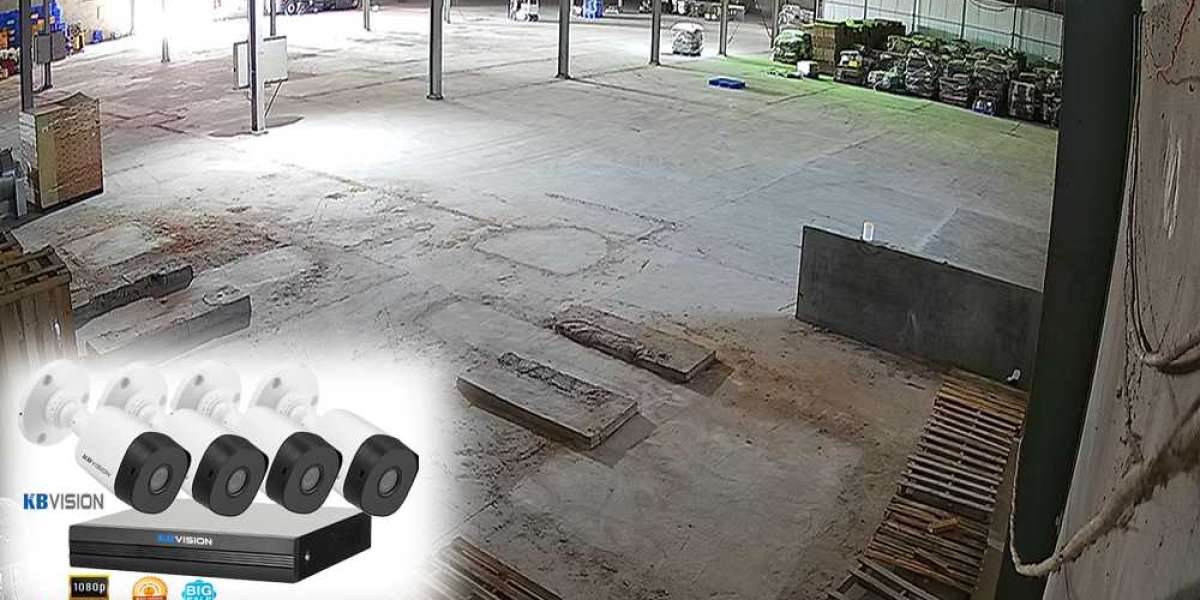Platelet-Rich Plasma (PRP) therapy has gained popularity in recent years due to its ability to accelerate healing and rejuvenation in various medical and aesthetic fields. PRP is widely used for hair restoration, joint pain relief, facial rejuvenation, and even for enhancing sexual health. Despite its broad applications, many individuals are keen on learning how to boost the effectiveness of PRP treatments for better and longer-lasting results. In this article, we will delve into the various strategies that can help improve the effectiveness of PRP therapy and optimize outcomes for different uses.
Understanding PRP and Its Mechanism
PRP is a concentration of platelets derived from your own blood. These platelets contain numerous growth factors that can promote healing, tissue regeneration, and rejuvenation. The PRP procedure involves drawing a small amount of blood, processing it to concentrate the platelets, and then injecting it into the targeted area to accelerate healing.
The benefits of PRP therapy are vast, but there are several ways to enhance its efficacy, ensuring the best possible outcomes.
1. Pre-Treatment Preparation
a. Hydration
Ensuring proper hydration before undergoing PRP treatment can significantly impact the outcome. Platelets are more effective when your body is well-hydrated, as it allows for better circulation and distribution of growth factors in the treated area.
b. Avoid Anti-Inflammatory Medications
Anti-inflammatory drugs like ibuprofen or aspirin can interfere with the body’s natural healing response and reduce the effectiveness of PRP. Avoiding these medications for at least a week before treatment is recommended, as they can inhibit platelet activity.
c. Nutrient-Rich Diet
A nutrient-dense diet that includes vitamins and minerals essential for tissue repair can enhance the effectiveness of PRP. For instance, Vitamin C aids in collagen formation, while Zinc plays a crucial role in cell regeneration. Incorporating antioxidant-rich foods and lean proteins can help prepare your body for optimal healing.
2. Post-Treatment Care
a. Follow Your Doctor's Instructions
The most critical step to improving PRP effectiveness is adhering to your physician’s post-treatment care guidelines. Whether you are using PRP for hair restoration, joint pain, or facial rejuvenation, following specific aftercare instructions will enhance results. This may include limiting strenuous activities, applying cold compresses, or avoiding certain skin treatments for a specified time.
b. Continue Avoiding Anti-Inflammatory Drugs
Just as avoiding anti-inflammatory drugs pre-treatment is crucial, it’s also essential to avoid them post-treatment. These medications can suppress the inflammatory process that’s key for PRP’s effectiveness, as inflammation is necessary for healing and tissue regeneration.
3. Combining PRP with Other Treatments
To further boost PRP therapy’s effectiveness, consider combining it with complementary treatments. Synergistic therapies can accelerate results and enhance the overall impact of the PRP injections.
a. Microneedling
Microneedling with PRP, also known as the “Vampire Facial,” has gained immense popularity for facial rejuvenation. Microneedling creates tiny micro-injuries in the skin, which allows PRP to penetrate deeper into the skin layers. This combination significantly enhances collagen production and improves skin texture and elasticity.
b. Laser Therapy
Combining PRP with laser treatments can improve the skin’s absorption of the platelets and enhance tissue repair. In hair restoration, combining PRP with low-level laser therapy (LLLT) has been shown to stimulate hair growth more effectively.
c. PRP for Erectile Dysfunction
A growing application of PRP is in the treatment of erectile dysfunction (ED). In fact, prp for erectile dysfunction Monterey is becoming an increasingly popular option due to its non-invasive nature and high success rate. PRP promotes vascular regeneration in penile tissues, improving blood flow and overall erectile function. Combining PRP with lifestyle changes or other ED treatments, like shockwave therapy, can improve its effectiveness for men seeking sexual health improvements.
4. Lifestyle Modifications to Enhance PRP
Certain lifestyle changes can help extend the benefits of PRP treatment and improve your body’s ability to heal and regenerate.
a. Smoking Cessation
Smoking negatively affects circulation, which can hinder the effectiveness of PRP therapy. Quitting smoking before your PRP treatment will enhance blood flow and improve the body’s ability to heal and respond to the treatment.
b. Regular Exercise
Physical activity can improve circulation and help your body deliver the growth factors in PRP to the targeted area more efficiently. Exercise also promotes overall health, aiding the body’s natural regenerative processes.
c. Adequate Sleep
Sleep is crucial for recovery and tissue regeneration. Ensuring you get adequate rest post-treatment will allow your body to repair and regenerate cells more effectively, enhancing the impact of PRP.
5. Optimize PRP Injections
The skill of the practitioner and the method of PRP preparation and injection can also play a significant role in the treatment’s effectiveness.
a. Choose a Qualified Practitioner
The success of PRP largely depends on the expertise of the physician administering the treatment. Choose a certified and experienced medical professional who specializes in PRP therapies to ensure the treatment is performed correctly.
b. PRP Concentration and Quality
The effectiveness of PRP therapy depends on the concentration of platelets in the plasma. A skilled medical professional will use advanced equipment to ensure that the PRP solution has an optimal concentration of growth factors. Additionally, double-spinning techniques (centrifugation) are known to produce a more concentrated PRP solution.
c. Targeting the Correct Area
Precise targeting of the affected area is crucial for PRP’s success. Whether treating hair loss, joint pain, or skin issues, a well-targeted PRP injection can maximize the therapy's potential. Using imaging technology like ultrasound can help guide injections to ensure accuracy, particularly for joint and tendon issues.
6. Maintain Consistency in Treatments
While PRP offers significant benefits, it’s essential to understand that some conditions require multiple treatments for optimal results. Hair restoration, for instance, may need a series of treatments spaced over several months. Similarly, for joint pain relief or facial rejuvenation, regular sessions are recommended for long-term success.
a. Set Realistic Expectations
PRP therapy is not a one-time fix but rather a cumulative treatment. Setting realistic expectations and being patient throughout the process will ensure you stay committed to achieving the desired results.
b. Follow-Up Sessions
Regular follow-up treatments can extend the benefits of PRP. Many patients see the most significant improvement after a series of treatments, followed by maintenance sessions every few months.
7. Addressing Underlying Conditions
If you have underlying health issues that could be affecting the results of PRP, addressing these concerns is vital for maximizing the therapy’s effectiveness. For instance, if you are dealing with hormonal imbalances, nutritional deficiencies, or chronic inflammation, working with your healthcare provider to treat these issues can boost your body’s healing ability and enhance PRP outcomes.
Conclusion
Improving PRP effectiveness is all about preparation, post-treatment care, combining synergistic therapies, and making lifestyle changes that support healing. Whether using PRP for hair restoration, facial rejuvenation, joint pain relief, or even prp for erectile dysfunction Monterey, following these strategies can significantly boost the benefits of the treatment. With proper care, consistency, and professional guidance, you can maximize PRP’s potential and enjoy long-lasting results.








